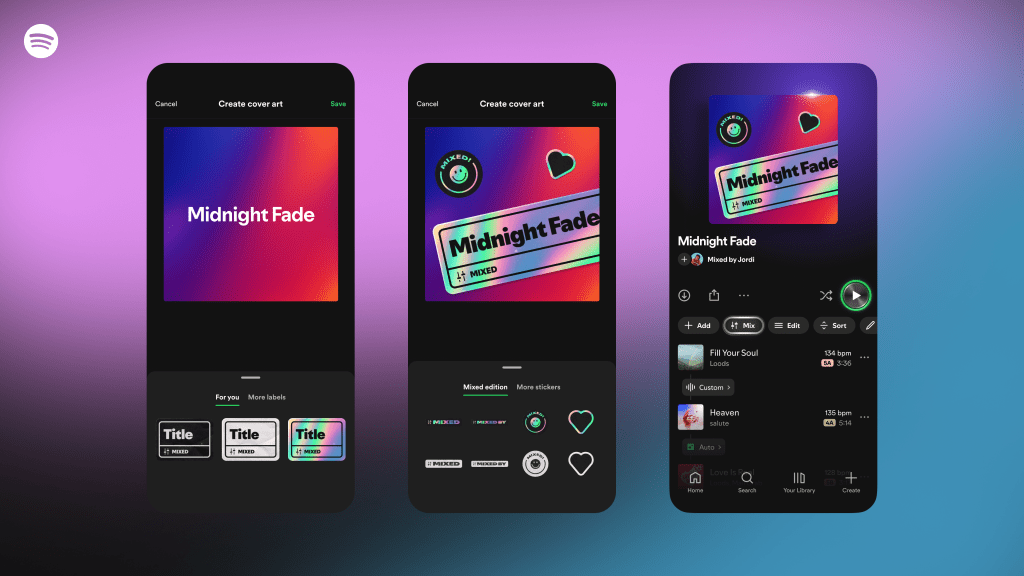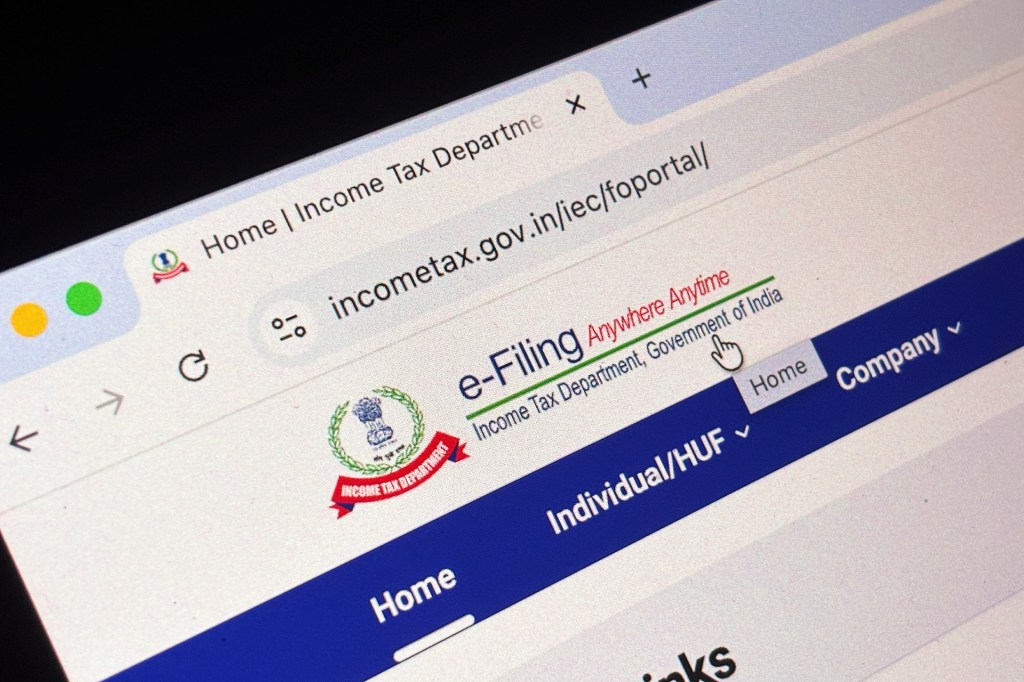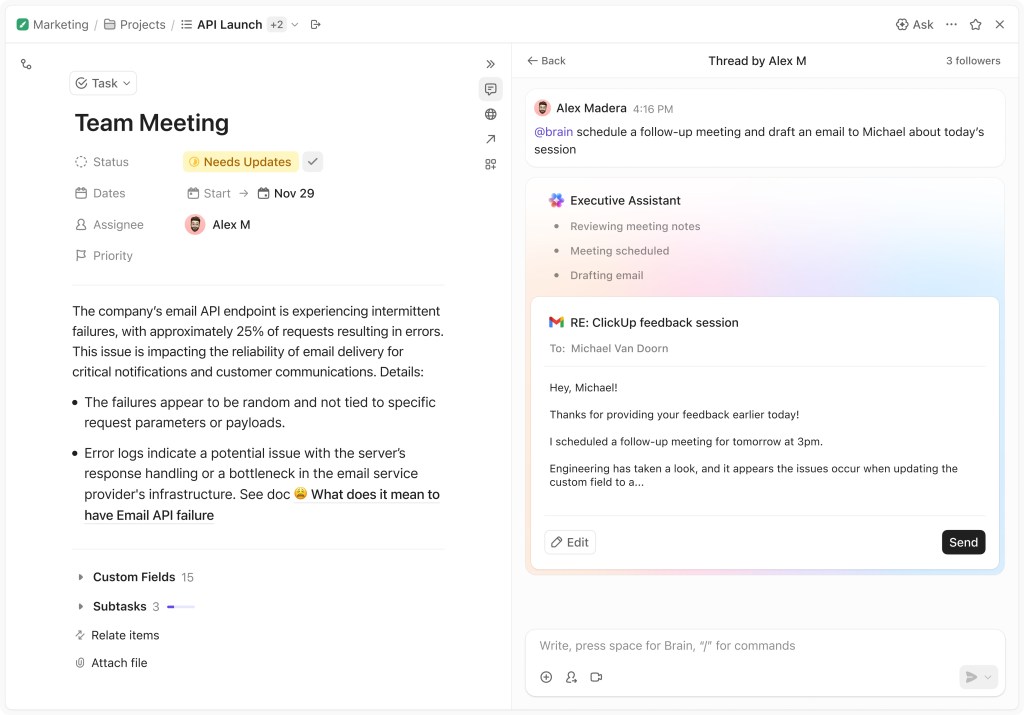Spotify has unveiled a groundbreaking feature that allows users to craft personalized and professional-sounding playlists by adding custom transitions between tracks. This innovation is set to redefine the listening experience, offering both casual listeners and audiophiles enhanced control over their music flow.
Introducing Custom Transitions
On August 19, 2025, Spotify introduced a feature enabling subscribers to insert seamless transitions between songs in their playlists. Users can choose from preset options such as fade, rise, or blend, or opt for automatic transitions applied by the platform. This addition aims to provide a more cohesive and immersive listening experience, akin to a DJ-curated set.
How to Use the Feature
To access this functionality:
1. Open any playlist within the Spotify app.
2. Select the Mix option from the toolbar to begin editing.
3. Customize transitions by choosing from preset styles or adjusting settings like volume, equalization (EQ), and effects.
4. Utilize the waveform and beat data to pinpoint the optimal spot in each track for the transition.
For those new to audio mixing, Spotify displays the key and beats per minute (BPM) for each track, simplifying the process of creating harmonious transitions.
Enhancing User Experience
This feature is part of Spotify’s ongoing efforts to grant users greater control over their listening experience. Over the past year, the company has introduced tools that allow users to add, sort, and edit playlists, customize the genre of the Discover Weekly playlist, snooze tracks, and make voice requests to the AI DJ. These updates collectively empower users to tailor their music consumption to their preferences.
Competing with Industry Rivals
By offering custom transitions, Spotify positions itself competitively against other music streaming services. Notably, Apple Music’s upcoming AutoMix feature, currently in the iOS 26 developer beta, promises similar DJ-like mixing capabilities. Spotify’s proactive approach ensures it remains at the forefront of personalized music streaming experiences.
Sharing and Collaboration
Premium subscribers can save and share their customized playlists with friends on social media platforms. Additionally, they can invite other subscribers to collaborate on mixed playlists, fostering a communal and interactive music-sharing environment.
Flexibility and Customization
Users have the flexibility to toggle the mix feature on or off at any time by pressing the Mix option. This allows for a seamless transition between a traditional playlist and a mixed version, catering to different listening contexts such as parties, workouts, or casual listening sessions.
Optimal Music Genres for Mixing
Spotify recommends using this feature with genres that naturally lend themselves to seamless transitions, such as house and techno music. These genres often have consistent beats and tempos, making them ideal candidates for blending tracks smoothly.
Personalizing Playlist Aesthetics
Beyond audio customization, users can enhance their playlists visually. Spotify allows for the addition of custom cover art, stickers, and labels specifically designed for mixed playlists. This visual personalization complements the auditory experience, making each playlist uniquely reflective of the user’s taste.
Availability
The custom transitions feature is rolling out gradually to Premium users worldwide, with some markets in the Asia-Pacific region expected to receive the update shortly. Users are encouraged to update their iOS app to access this new functionality.
Conclusion
Spotify’s introduction of custom playlist transitions marks a significant step in personalized music streaming. By offering users the tools to create seamless and professional-sounding playlists, Spotify enhances the overall listening experience, catering to both novice listeners and seasoned audiophiles. This feature, combined with the platform’s other recent updates, underscores Spotify’s commitment to innovation and user satisfaction in the competitive music streaming landscape.



